Prospects for Arapaima Farming
Arapaima (Arapaima gigas) has long been considered a highly promising species for aquaculture. Belonging to the family Arapaimidae, this giant fish can grow over 3 meters in length and weigh more than 200 kilograms.
Growth and Biological Characteristics
Arapaima grows rapidly, often gaining 10–15 kg in the first year. It is tolerant of low dissolved oxygen levels, can reproduce year-round in captivity, and newly hatched fry exhibit exceptional growth rates. Arapaima readily adapts to pellet feed and appears to thrive even under crowded culture conditions.
Throughout the past century, the species has been nearly driven to extinction in the wild due to overfishing. In 1975, Arapaima was listed in Appendix II of the Convention on International Trade in Endangered Species of Wild Fauna and Flora (CITES). This listing spurred aquaculture efforts in the 1980s and 1990s. Over the past decade, farming has increased in several countries, though production remains relatively low.
Arapaima meat, often compared to halibut, is boneless and high in edible yield. In recent years, retail and fillet prices in markets such as Peru, Brazil, and southern Colombia have ranged from USD 20–30/kg. Limited supply, coupled with strong demand, has led to high prices and inconsistent availability for export markets. International trade, however, requires strict CITES certification confirming that fish are captive-bred from broodstock and hatchery-produced fry.
1.jpg)
Farming Methods
Aswith many newly farmed species, no single standardized production method exists. Arapaima has relatively low reproductive capacity compared to the costs of broodstock maintenance, as sexual maturity is only reached at around four years. The simplest fry production method involves releasing adults into large ponds at the start of the rainy season, allowing them to pair, nest, and spawn.
Advances in blood testing and molecular techniques have improved sex identification in broodstock. A single female may lay over 10,000 eggs, with both parents guarding them until hatching. After hatching, parents continue protecting fry for three weeks or more near the nest. Fry grow quickly during this stage, feeding on plankton and natural foods. After 3–4 weeks, fingerlings can be harvested. Alternatively, eggs can be collected and larvae raised at high density in hatchery tanks.
When reared in pairs in small ponds, spawning can occur up to five times annually, though inconsistent ovulation and incompatible reproductive behavior are challenges. This often leads to inbreeding issues in farms, reducing productivity.
Once fingerlings are collected, they are grown at high density on protein-rich commercial diets. Frozen zooplankton can replace live feed during weaning, improving biosecurity and management efficiency. Careful monitoring is required, particularly to control ostracods that compete with fry for feed. By 40 days of age, fingerlings are fully weaned onto dry pellets fed three times daily, achieving strong growth, optimal feed conversion ratios, and protein/energy retention.
After three months, fingerlings weigh over 300 grams and are transferred to grow-out ponds or cages. Studies show that a protein content of ~36% in formulated diets is optimal for this stage. By 12 months, Arapaima typically exceed 10 kg and 110 cm in length. Except for relatively low survival rates (75–85%) during the weaning phase, mortality rates across other stages are below 5%. Unlike many species, size grading has little effect on overall performance.
Common ecto- and endoparasites may appear in culture, but can generally be controlled using standard pond management treatments. Some bacterial pathogens can also affect fish at different stages, though antibiotic use is minimal—farmers emphasize biosecurity and stress reduction instead.
Although most current production relies on ponds and cages with relatively low technology, RAS (Recirculating Aquaculture Systems) can be applied. The species’ tolerance of high stocking densities and rapid growth rates enable efficient facility use and quicker cost recovery.
Positive Outlook
Researchers believe Arapaima aquaculture is progressing slowly but steadily. One major challenge is limited reproductive performance. To ensure sustainable development, reproduction bottlenecks must be addressed. Recent advances—such as molecular markers for broodstock sex identification and improved milt collection from live males—are important steps toward induced breeding technologies.
Nutritional improvements are also critical. Optimized formulated feeds can improve feed conversion and reduce costs, but their adoption in Brazil remains limited. Reliable fry supply is another pressing challenge: farmers face both fluctuating availability and high mortality from disease, while seed costs account for ~25% of operational expenses. Ensuring consistent, healthy seed could greatly reduce costs. Research is ongoing to enhance broodstock fertility using hormones, improved nutrition, and refined management practices.
2.jpg)
The greatest industry challenge is achieving consistent production and market stability. A past initiative in Brazil demonstrated the potential of vertically integrated systems, where hatcheries, feed suppliers, technical support, and buyers work together, ensuring stable markets for producers and boosting output. Organizational coordination thus remains crucial for industry success.
While commercial-scale Arapaima aquaculture still faces obstacles, the species’ unique traits provide strong hope for its future. With improved broodstock management, feed optimization, and integrated farming models, Arapaima could become an important high-value aquaculture species with significant global market potential.
Source: Directorate of Fisheries, Vietnam
Aqua Mina's distributor in Japan: REX INDUSTRIES CO., LTD
- Address: 1-9-3 Hishiya-Higashi, Higashi-Osaka 578-0948 JAPAN
- Email: kimakubo@rexind.co.jp
- Phone: +81-(0)72-961-9893
- Website: http://www.rexind.co.jp/e/

WE WORK FOR YOUR SUCCESS!
Ngày đăng : 29/08/2025
1655 View
Other Articles
Vietnamese shrimp and catfish choose a sustainable path in global competition
End-of-Season Shrimp Prices Reach Record Highs
Norway – Russia Reach Barents Sea Fisheries Agreement for 2026
Cà Mau strengthens traceability to enhance the competitiveness of the shrimp industry.
Cold stress: Effects on the plasma characteristics of whiteleg shrimp.
A new breakthrough in the prevention of diseases caused by the microsporidian parasite EHP in shrimp farming
Vietnam’s shrimp export outlook in the first quarter of 2026 continues to face heavy pressure from tariffs.
New England’s shrimp fishery to shut down for the long haul after years of decline
Crab exports to the United States account for more than 80%.
Thailand sets a target to increase shrimp production to 400,000 tons by 2026.
CTU-RAS: Recirculating Shrimp Farming for Sustainable Development
Vietnamese aquatic products reach new markets








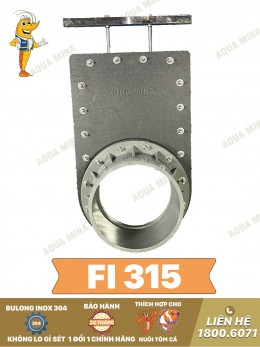
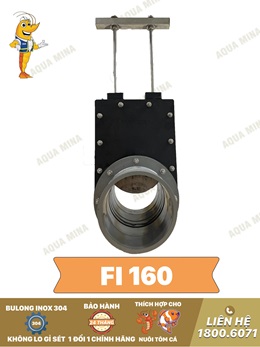
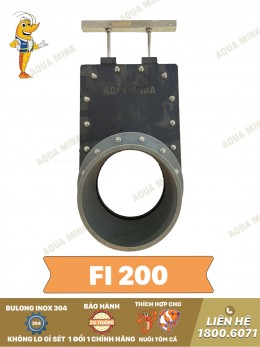
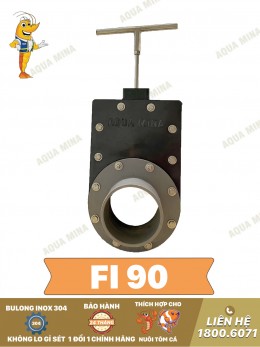
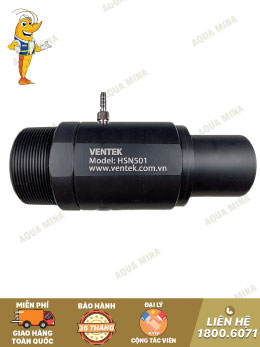
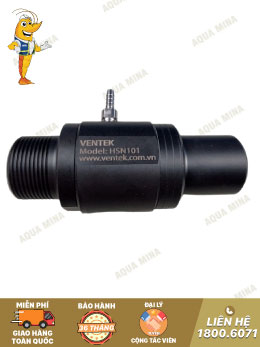
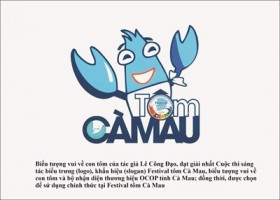
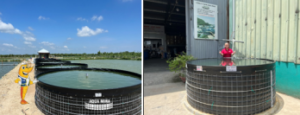
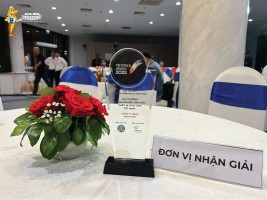
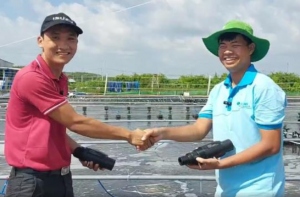
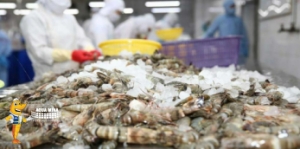
.jpg)